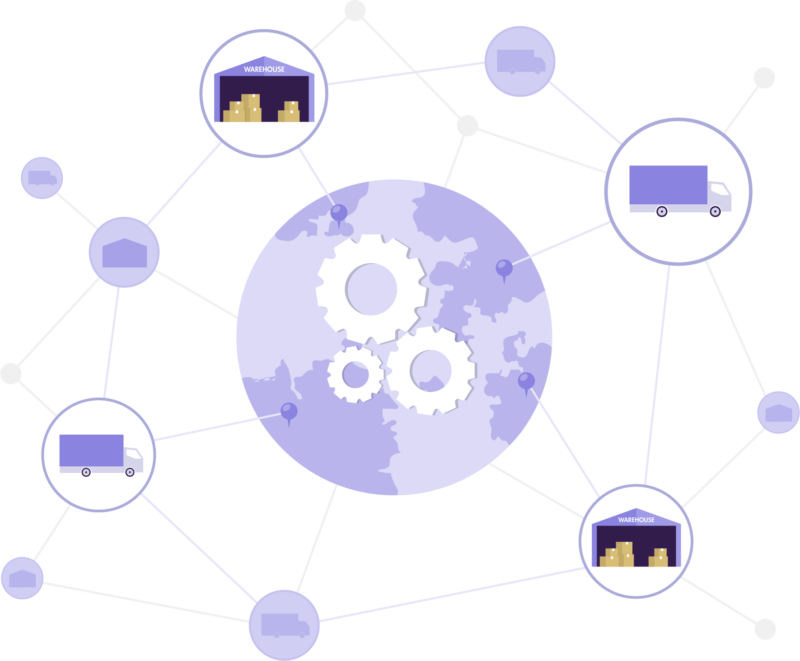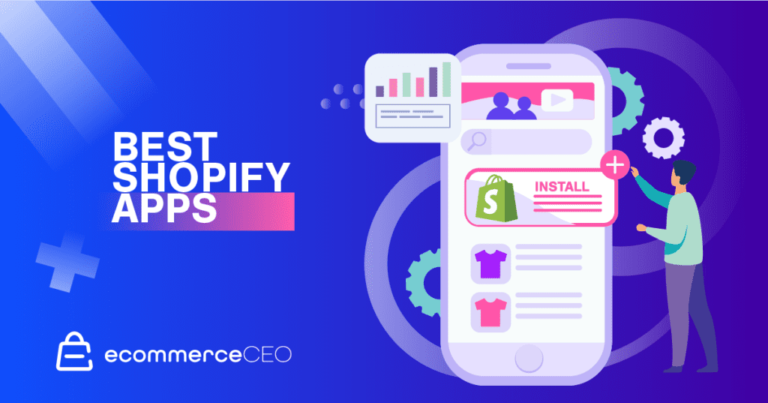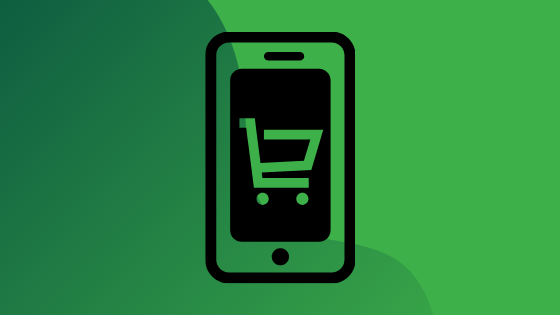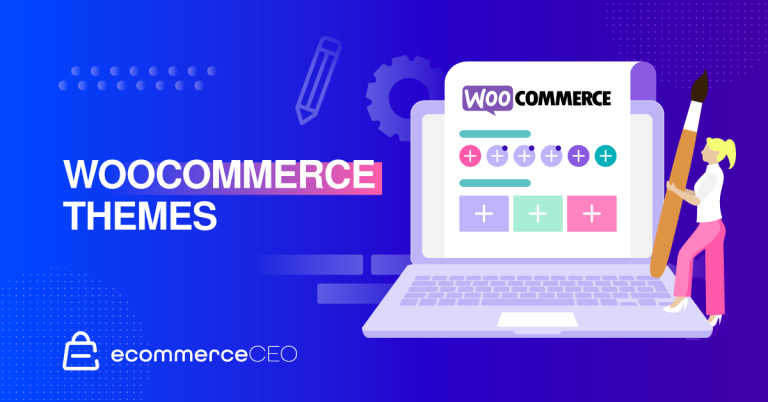
This is the fourth installment in our new, weekly blog series on multichannel commerce. Missed the first few blogs? Read How to Connect to the Right Channels, Market at the Right Time and Sell Wherever Consumers Shop.
In 2005, Amazon forever changed the e-commerce industry when it launched Prime in the US with the promise of two-day shipping. Today, some of its products even qualify for one-day or same-day shipping — and consumers expect the rest of the industry to keep up. In fact, many consumers now shop for products based on their preferred shipping options.
While you’ll likely never invest as much in logistics as Amazon has, you can still match customer expectations and sales channel Service Level Agreements (SLAs) with the right tools and partners.
How Do You Fulfill?
When you sell across multiple channels, understanding and meeting your SLAs can make or break your channel partnerships. Marketplaces and drop-ship networks typically measure your seller track records (e.g., % of orders fulfilled on time, % of orders canceled), which, if unmet, could result in penalties or suspension. On the other hand, faster shipping solutions beyond SLA requirements could be expensive and unnecessary.
Winning at fulfillment is mostly about maintaining standardization and scalability.
Standardization — automation based on business rules that determine the best shipment method (without requiring your team’s attention on every order)
Scalability — the ability to handle variations in sales volume (e.g., holiday seasons)
If your brand experiences large variations with increased order volumes, it can be risky to rely on your own fulfillment capabilities. Third-party logistics (3PL) partners offer fulfillment reassurance and meet a variety of business needs. Look for 3PLs that can meet your fulfillment needs for:
- Current and future volume of daily orders
- Current and future number of SKUs
- Item(s) size and weight
- Storage requirements (e.g., temperature control, flammability)
- Customer geographies you want to cover
- Channel shipping speed requirements
- Software system compatibility
- Customer service, tracking, returns
- Special considerations (e.g., tracking serial numbers for electronics)
Regardless of your choice in logistics partners, seamless integration between your factory/warehouse, orders and partners is key.
Pros and Cons of Marketplace Fulfillment
Need help matching the fulfillment ease and convenience of marketplaces like Amazon, Walmart or Zalando? Marketplace fulfillment capabilities offer opportunities for:
- Added compliance
- Increased conversion
- Greater expansion
At the same time, they can bring added costs, complexity to your partner network and overreliance on a single channel.
But some of these marketplace giants also offer relief in helping you fulfill orders from other channels. Amazon Multi-Channel Fulfillment helps you manage your sales volume on any channel while matching the speed and reliability consumers now expect.
E-commerce software also allows you to automate your fulfillment decisions. ChannelAdvisor Fulfillment and First Party Solutions help you efficiently manage your online orders (regardless of your shipping strategy) through warehouse integrations and support for third-party shipping solutions. And when your fulfillment is automated, you can save your team time, money and effort on every order.
Want to learn more about how we help brands master multichannel fulfillment? Contact us today to talk with one of our e-commerce experts.
Learn how to connect, market and sell in the proper channels or look for new insights in the coming weeks on how to better optimize. Return next week or subscribe to see the next blog in our multichannel commerce framework series. And stay tuned for the launch of our new report in April on the full multichannel commerce framework.





